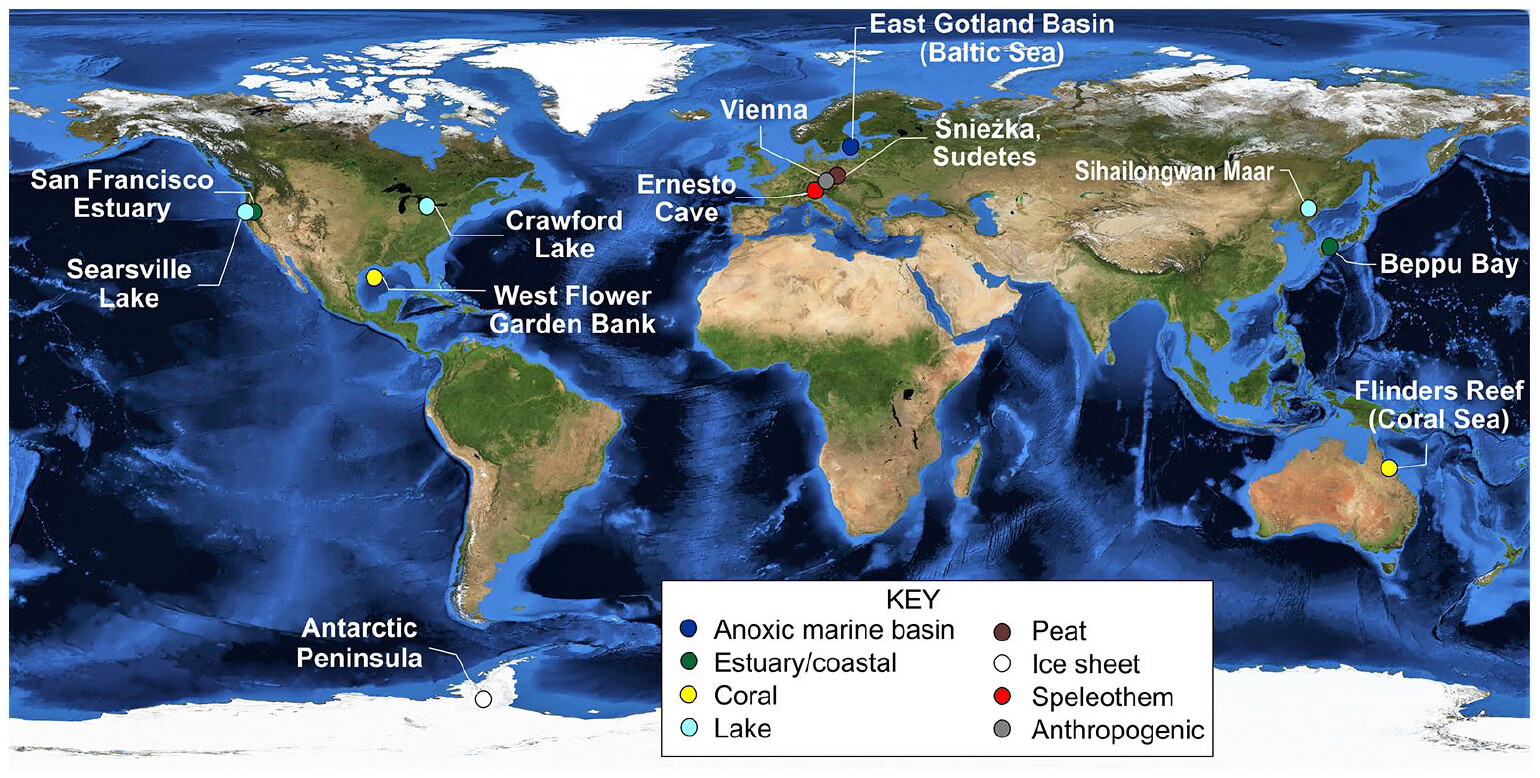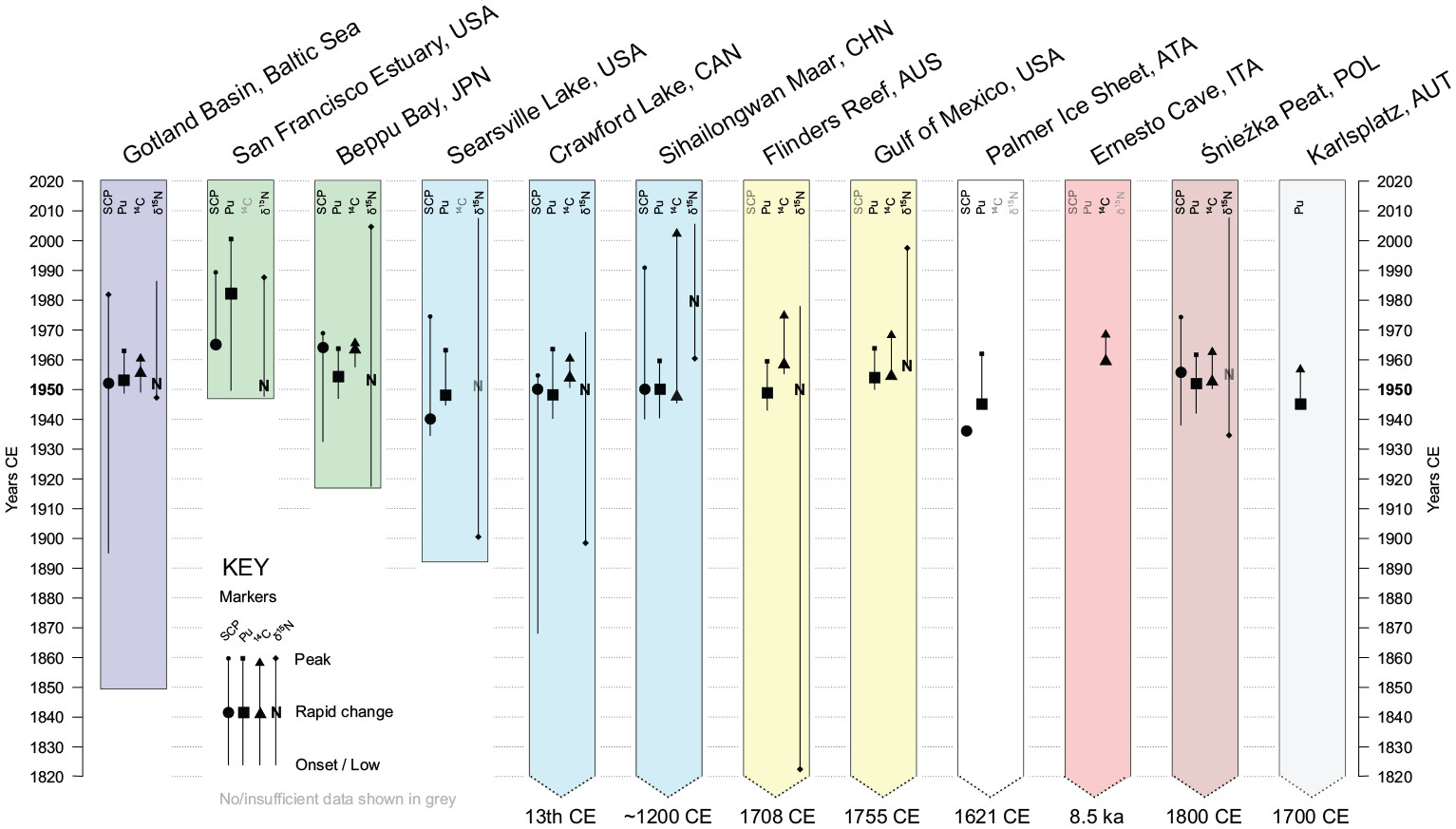Canadian lake deposits point to the beginning of the Earth's Anthropocene age, scientists say . Deposits in Crawford Lake, a small but deep body of water in the Canadian province of Ontario, provide unmistakable evidence that the Earth entered a new man-made geological chapter, the Anthropocene, about seven decades ago.
Members of the Anthropocene Working Group (AWG) plan to present evidence to the international scientific body responsible for defining the geological chapters in Earth's history. The scientists conducted studies in more than ten suitable locations around the world and named Crawford Lake near Toronto as a site that provided particularly strong geological markers that the Anthropocene epoch had arrived – in fact, the epoch of people.
The scientists are also studying soil, coral and ice samples at other 11 sites. According to scientists, a "golden peak" was found in the sediments of Lake Crawford, indicating a sudden – from a geological point of view – and irreversible change in conditions on Earth. Such "golden peaks" – the formal end of one geological chapter and the beginning of another – will be observed in rocks, glaciers and marine sediments for many thousands of years to come.

The exact time of the start of the proposed epoch remains controversial. Some believe that it began during the industrial revolution of the XVIII-XIX centuries or even earlier. The AWG team believes that deeper changes only occurred in the 1950s, when rapid economic and population growth led to increased greenhouse gas emissions, and radionuclides from nuclear weapons testing seeped into soils and sediments, corals, tree rings and glaciers.
“These radionuclides, specifically plutonium, have effectively imprinted the early 1950s in geological materials around the world—in ultra-trace amounts—providing a radioactive marker that will last for more than 100,000 years,” said AWG member, professor of environmental radioactivity at University of Southampton Andrew Candy.
As AWG Chair Professor Colin Waters of the University of Leicester notes, the transition to the Anthropocene was accompanied by a sharp increase in the consumption and hence the extraction of fossil fuels and fertilizers, profound changes in land use and a decline in biodiversity caused by agricultural activities. Sediment analysis also reveals a wide range of other anthropogenic forcings, including acid rain and global warming, the scientists said.

The Anthropocene epoch has not yet received official recognition from a scientific body, the International Commission on Stratigraphy. The Anthropocene, if officially recognized, will follow the Holocene epoch, which began 11,700 years ago immediately after the end of the last ice age.
“Obviously, the biology of the planet has changed dramatically,” Waters concludes. “We can’t go back to the Holocene now.” At the same time, Bill Laurents, an Australian biologist from James Cook University, notes that it is impossible to set such a narrow time frame for this era, because human influence on the planet began much earlier than 70 years ago.
“I am somewhat cynical about this work because it is like trying to establish an exact date for a process that took place over 50,000 years, and possibly more than 100,000 years, as humans spread across the planet,” Laurence said.


